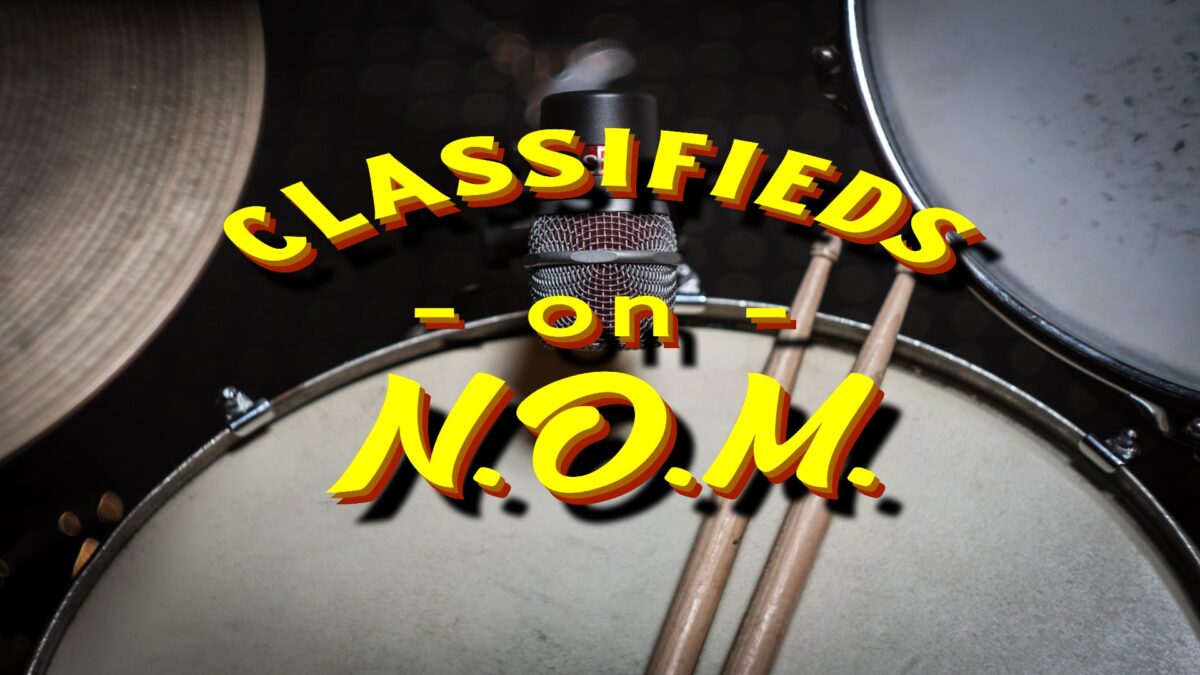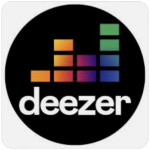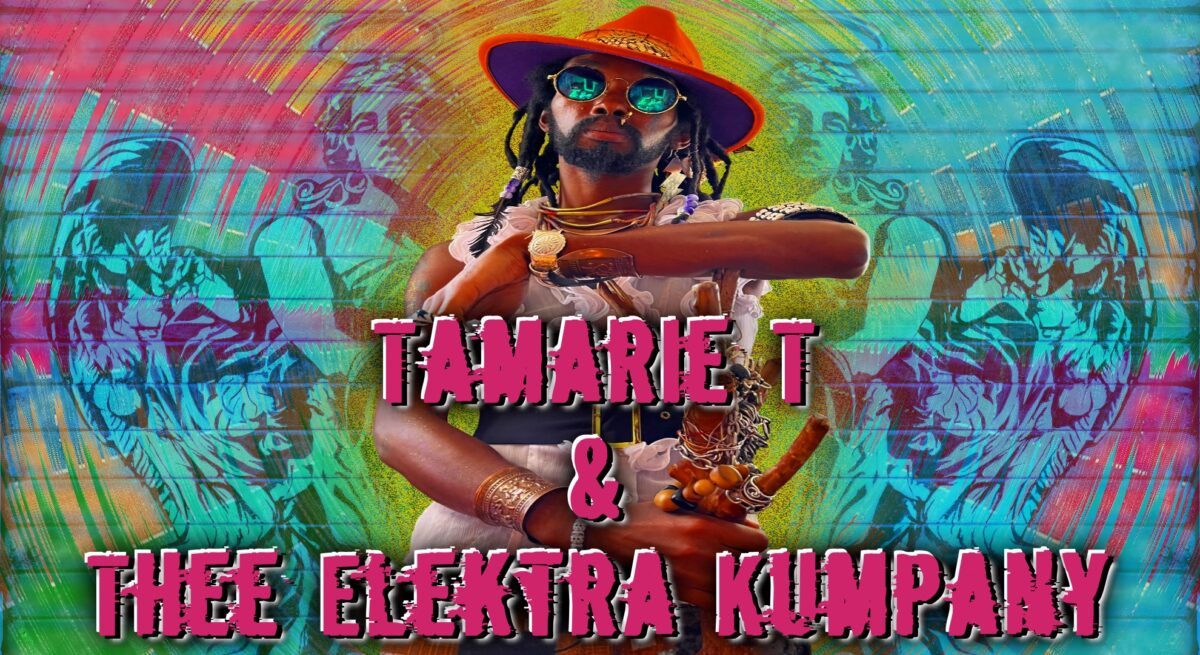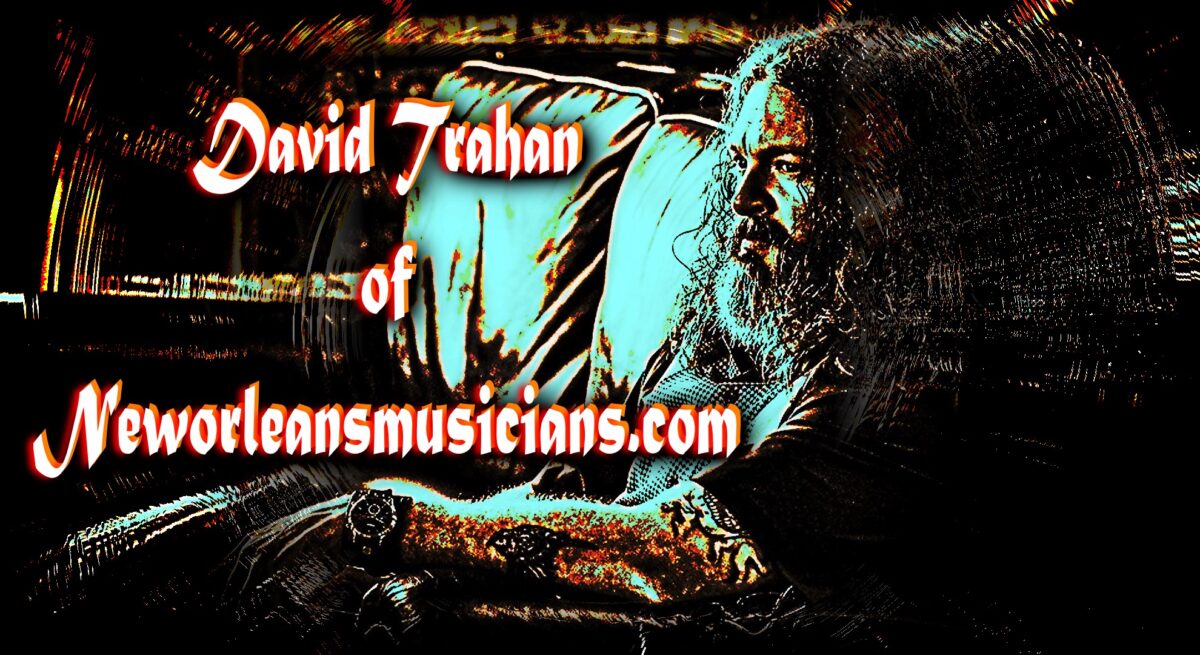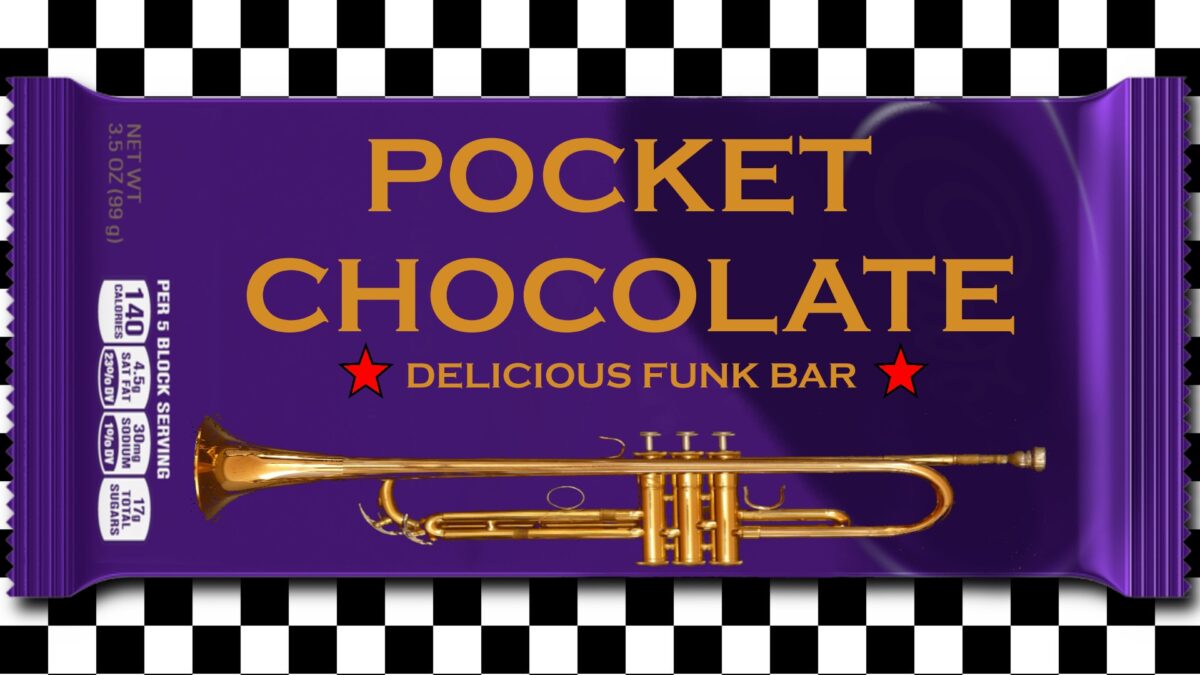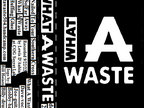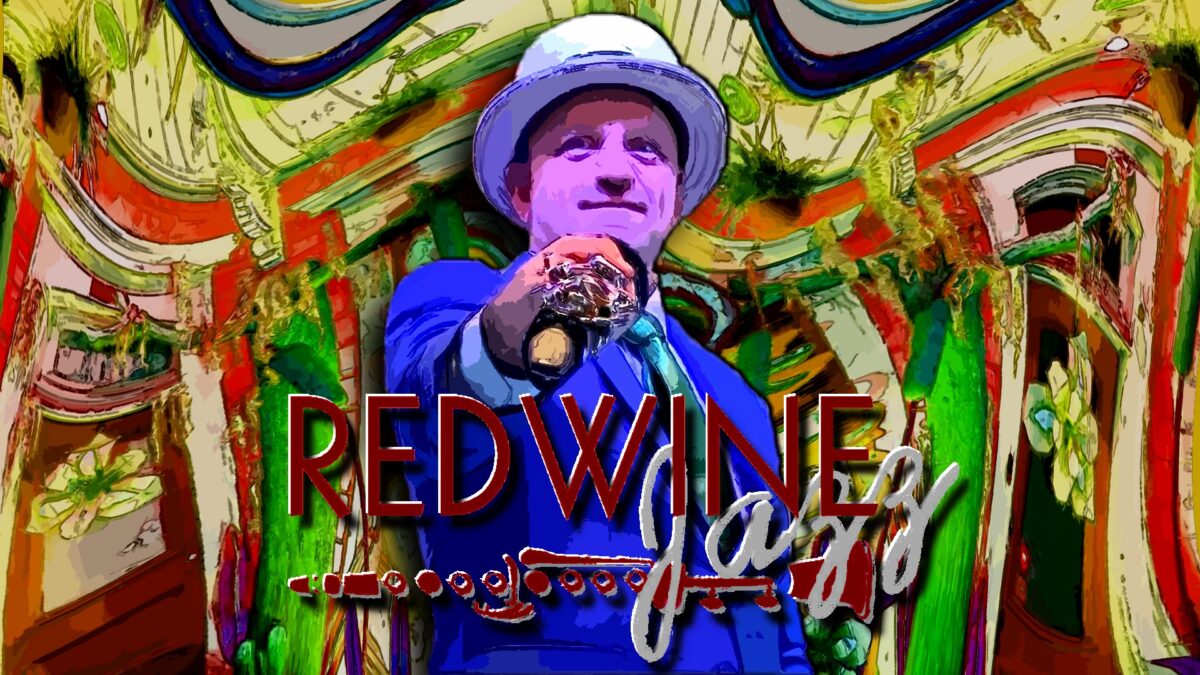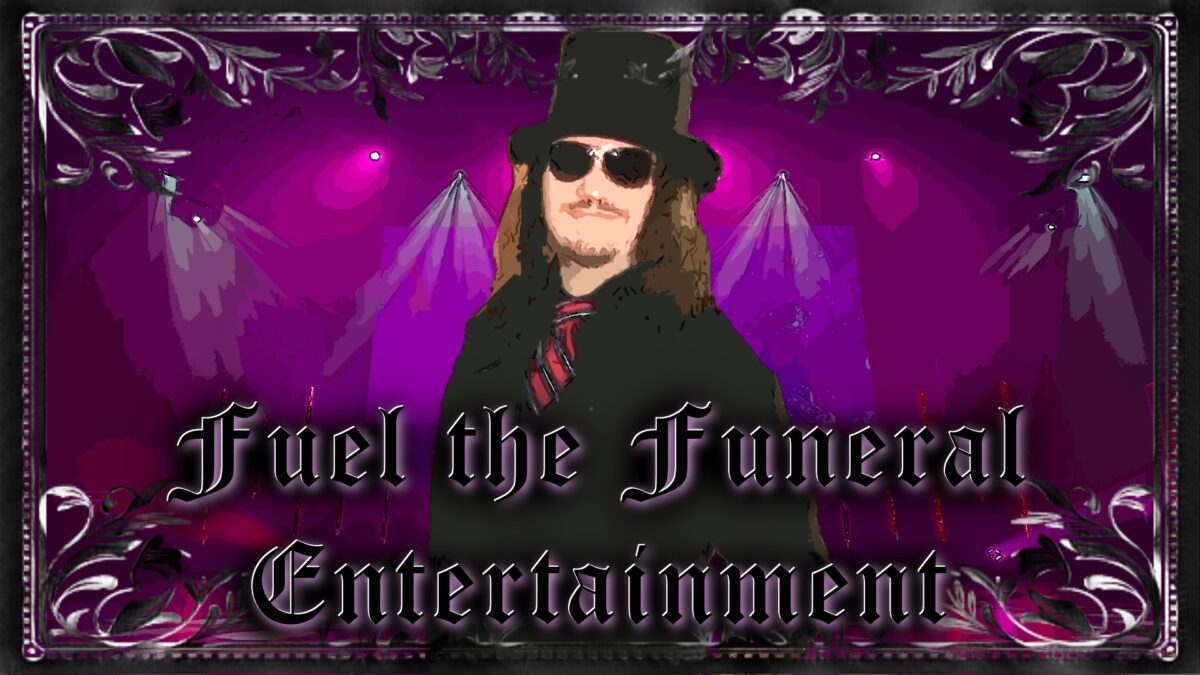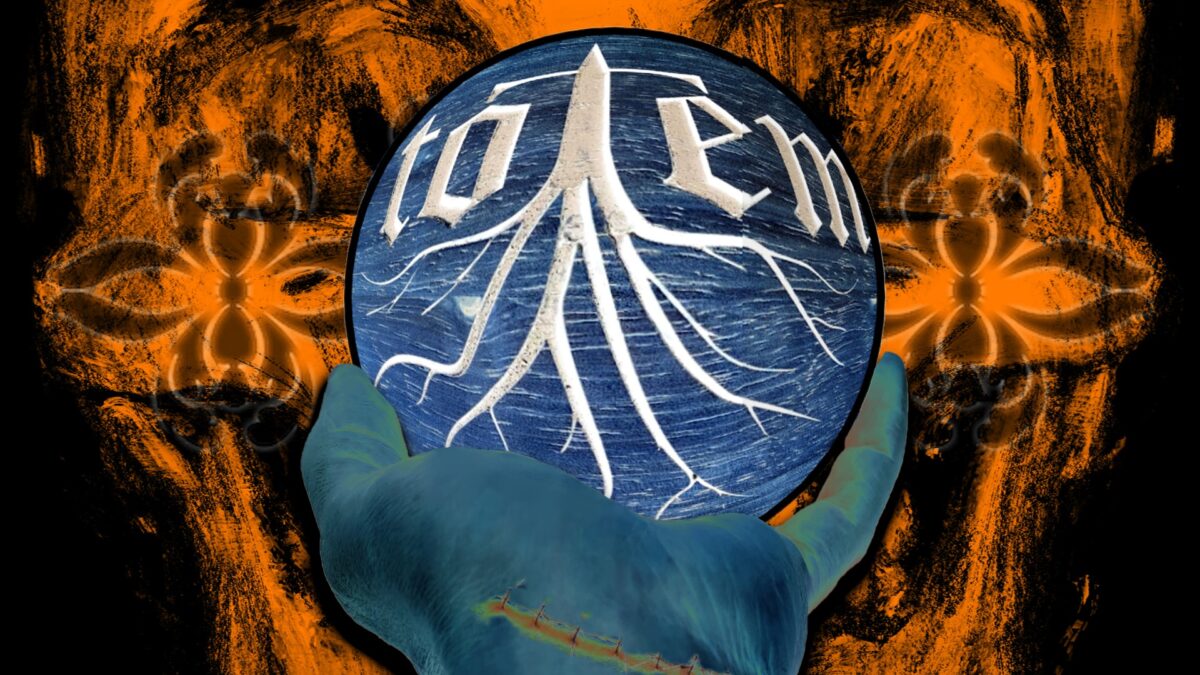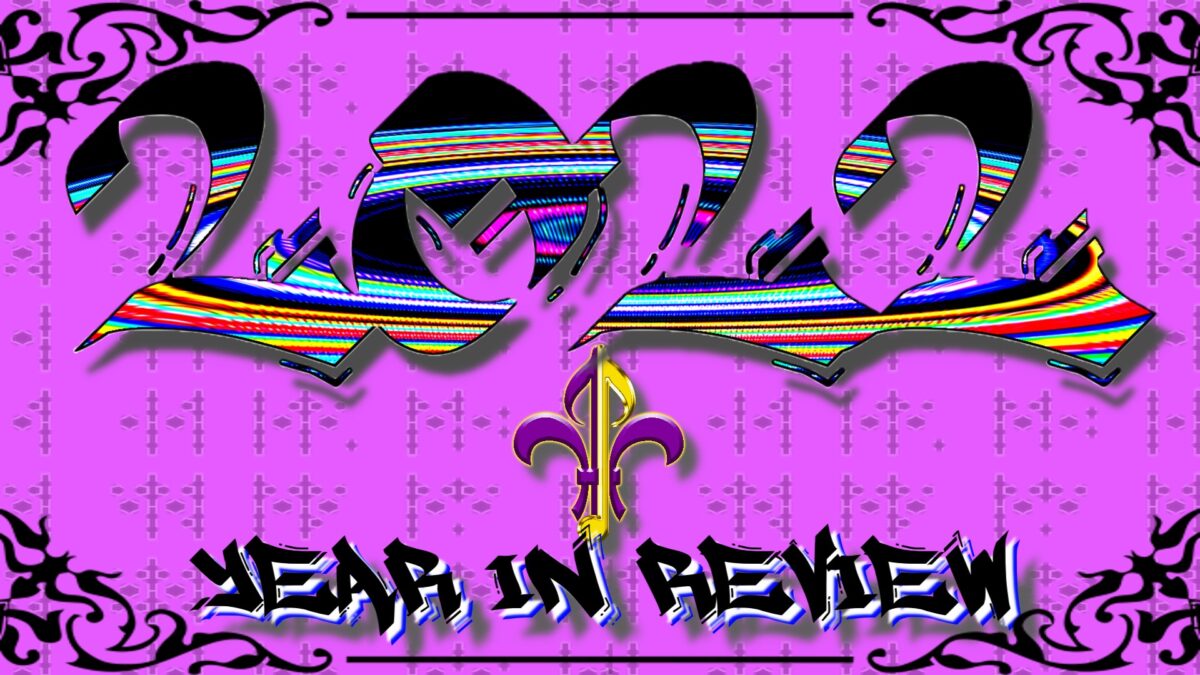In mid-January of this year, I was joined on one of my new podcasts by the proprietor of NewOrleansMusicians.com. We met originally on the Mississippi River in a previous life and time under considerably different circumstances. I wouldn’t call it a chance encounter as it was our respective day jobs that brought us together that morning, but it was, without question, an intriguing introduction. He wasn’t like any other I’d met in his position. Little did I know the complexities of the man standing before me.
The opportunity to observe and study David’s mind in action was one with which I’d been eager to embrace. I wanted to know what made him tick. There was an odd connection that morning on the river. I most certainly had a sincere interest in his intended topic of discussion for our podcast visit, but also very much in the side of him that he seemed to be low-key deliberately keeping separate from his web presence. I appreciated his candor and participation in my podcast project, and owed him the very same respect he’d shown me, though our very first moment meeting would have suggested no such thing.
I was working for one of the largest towboat and barge companies in the country, and his employer was no slouch either. They were a contractor for us. I’d boarded the vessel at an opportune time where I got to spend time with back watch first. Back watch had the characters (I thought). Some of those guys preferred it. It was such a different pace of life out there. I could feel it in the air in the wheelhouse that morning. A certain choking silence intruded as he came back up for his next six-hour watch. A flurry of perceived thoughts resounded across the space between us and in that glare that stared at me as he came up those steep, wooden stairs…
“You mother fucker. I haven’t had coffee yet. Who the fuck is this guy? Why is he in my wheelhouse?”
And then the other pilot chuckled his way back downstairs. I may have fabricated these thoughts in my recollection and retelling here, but anyway, I digress. I paused for a moment when he first appeared before me. I blinked myself into quiet and regained my composure. This guy was different. He was distracted by a pointless distraction, but I was really only there to make money. I had a household to support. I’d been visiting boats to help coach pilots on a new computer system every other week for a while by then. David didn’t really need my help in the system. A few pleasantries and minor questions about the new system precluded a much deeper and more engaging conversation.
It turned out that our mutual misconceptions were forgotten when the coffee pot began dripping behind him. I kept in touch deliberately over time. He wanted to promote his project on my new podcast, and his passion for this website I hadn’t heard of was clearly evident and on display. I didn’t much follow the music scene these days, but I was, indeed, from just outside News Orleans.
My podcast projects document the lives of my guests from a broad array of origins and journeys through life. I’d kept in touch with David over the few short years since we’d first met, and often discussed the side projects upon which we’d both been so feverishly working on our time off. In one of the more recent of those conversations, he shared the story of a passion project of his to develop a service for the local music industry in The Big Easy that had been in production for many years, lingering forever in the back of his mind.
‘I sat back in quiet awe as I studied the backdrop before which he sat looking toward me. His studio mic reached out from left to right on screen and sat ready at his chin. He’d done this before. I knew this should be a good one.’
The conversation began as they all did, and I learned we grew up in the same area of southeast Louisiana just outside New Orleans, but we did so a decade apart. It was a different world. He was in my older brother’s generation, but some sort of trust had somehow developed between us over time. There was an unspoken acknowledgement of mutual respect, understanding and comprehension, but from when he had first left home to the time I met him, our lives couldn’t have been more divergent.
His journey through life began as most others do. He showed up one day in 1976 and developed a love and appreciation for music at a very early age. Gifted in school, but drawn more to life in the streets, he found himself traveling aimlessly down the wrong path. Disenchanted and distracted, he didn’t even finish college. Working odd jobs between and after classes wasn’t cutting it, nor were the jobs he’d been able to secure in the interim after cutting ties with his tertiary education.
The need and desire for disposable income and a happenstance job listing led him to a career entirely unrelated to music. It provided a path and direction out of trouble and well offshore. Amidst a developing career in an industry to which he’d had little to no exposure previously, an opportunity arose for him to acquire the full rights and ownership of a website project he believed in. He endeavored to secure a web presence and acquired every available domain he could that may pertain to his new project.
His respect for the industry in which he worked professionally, and the knowledgebase upon which he drew on the job, led naturally to the drive and ambition that structured his pursuit of the passion project he sought to develop online when he was at home. It had become an obsession. With a growing family and an already demanding career, NewOrleansMusicians.com had not fallen by the wayside. It remained at top of mind for him no matter where he was or what he was doing.
What began as a networking tool for local bands, the website, NewOrleansBands.net, had grown organically to about 300 bands in its original configuration. The website was hosted out of town, so it remained online through Hurricane Katrina in late 2005, and kept local bands in touch with one another. David’s intended acquisition was delayed due to his job offshore, but in all of his spare time, he was drawing out by hand every page he’d imagined for the website he sought to own.
The challenges of web development at that time were obstacles preventing his dream. He persisted nonetheless. In 2021, after years of spending money to maintain an excessive amount of owned domain names that tied directly to his website, he was spurred by a wife that had seen and heard enough about it. Since then, he found and hired a programmer to deliver the dream he’d envisioned. While he hasn’t yet realized the grand design, he’s moved it every month toward the finish line. If you’re a band anywhere in the state of Louisiana, or a part of any supporting service for the entertainment industry, check out NewOrleansMusicians.com.
Grow together. Geaux together.
We touch on his wife and family after he paints the dreamscape of his website. Then, from rebuilding a ’76 Chevy to tinkering on the piano, the website still outshined the rest. There was a certainty about him, a dreaminess, a gleaming eye. He knew he wouldn’t be where he was without the nudge of the support system that awaited him at home for ten days at a time on repeat seemingly forever.
“Here I am all grown up, Tim,” he’d finished with a laugh.
“I’m watching it live,” I responded.
You can expect two podcasts, at least four videos, and two articles every month on the site. And he hosts interviews to find and develop worthwhile content for the page. Musicians that join his site get immediate podcast and playlist placement, Youtube features, and promotional assistance all for free. And they can use his site to network, buy/ sell gear, read articles about Louisiana’s music scene, and experience music and videos from Louisiana’s scene. This man means it. He’s chasing the dream. Hop on that train before it leaves the station.
Anyway… All that to say, “Cheers, David.”
I find it difficult to comprehend the passion and commitment David demonstrates with NewOrleansMusicians.com. The schedule, agenda, and deadlines that he upholds for this thing are untenable to me. If I was nearly half as passionate about my own podcasts, I could probably make a career out of it. But I had the same concerns about financial security, the same reasons he maintained his day job, the same uncertainty that plagues any dream. David needs a better work schedule though. I’d like to start a petition…
Author: Tim Tregle
For Neworleansmusicians.com
Please check out my work.
“The Living History Collection” on YouTube.
www.youtube.com/@WhereYatStudiosLLC
On Spotify, Google, Apple, and Amazon…
Between the Levees and Getting to Know You – Where Y’at Studios, LLC

